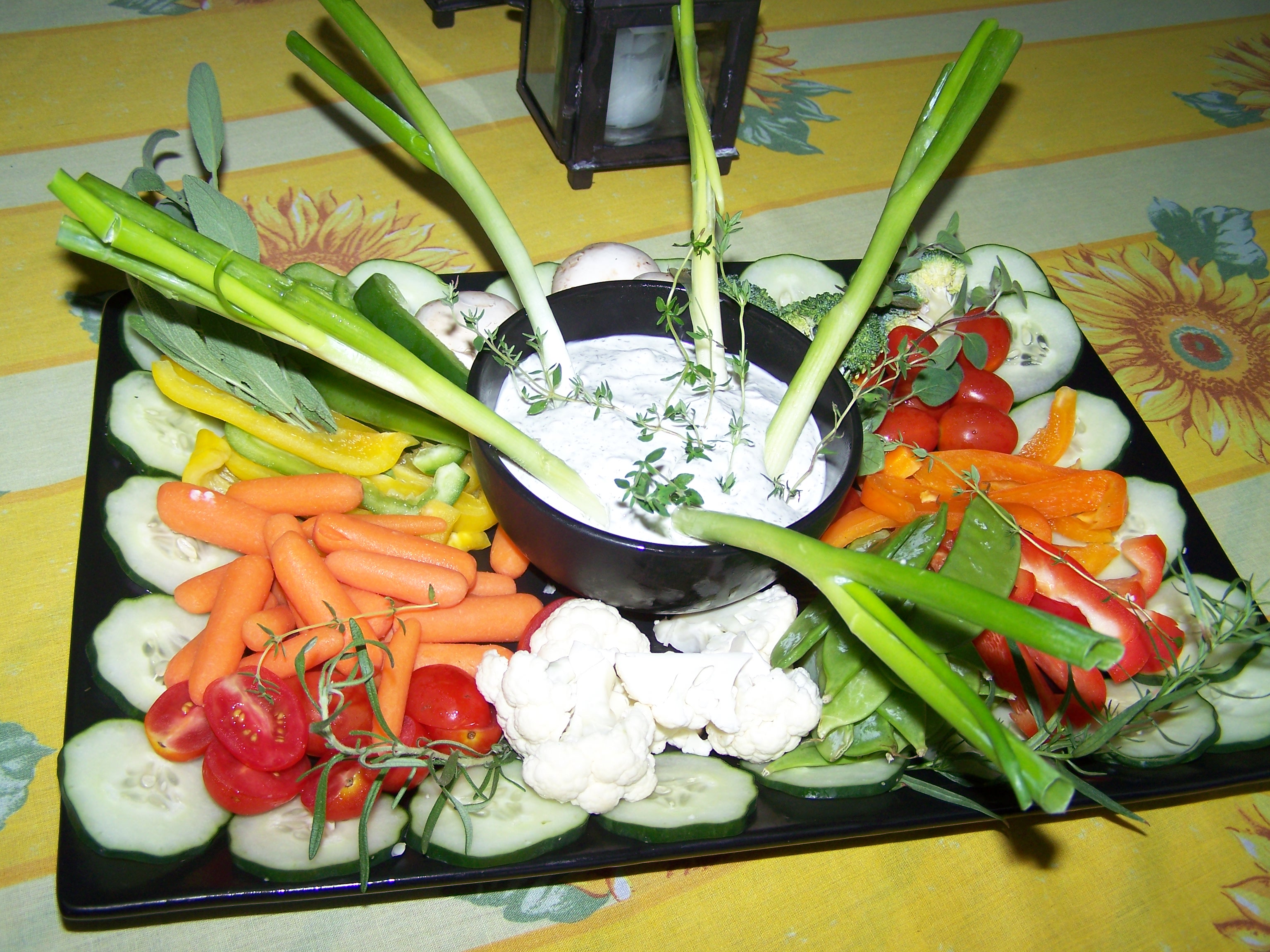Eating in-season this Summer…
Why eat foods that are in season (particularly produce)?
There are several reasons that eating in-season are a better opion, including cost, taste and freshness – and it’s better for the environment too! Europeans have been doing it for years. Our advanced technology, growth of the processed food industry and easy access have all made eating foods out of season all too convenient.
When you purchase local foods in-season, you eliminate the environmental damage caused by shipping foods thousands of miles, your food dollar goes directly to the farmer, and your family will be able to enjoy the health benefits of eating fresh, unprocessed fruits and vegetables. Buying seasonal produce also provides an opportunity to try new foods and to experiment with seasonal recipes. And, many say, seasonal foods simply taste better!
In summer, stick with light, cooling foods in the tradition of traditional Chinese medicine. These foods include fruits like strawberries, apple, pear, and plum; vegetables like summer squash, broccoli, cauliflower, and corn; and spices and seasonings like peppermint and cilantro.
Try this fresh blueberry parfait:
Prep Time: 5 minutes
Ingredients:
1 pint of fresh blueberries
4 oz low-fat vanilla yogurt, stirred
1 TBS chopped walnuts
Optional:
1 tsp diced crystallized ginger or 1 peppermint sprig
Layer yogurt and blueberries in 2 wine glasses. Top with chopped walnuts. Sprinkle diced crystallized ginger or peppermint sprig, if desired.









